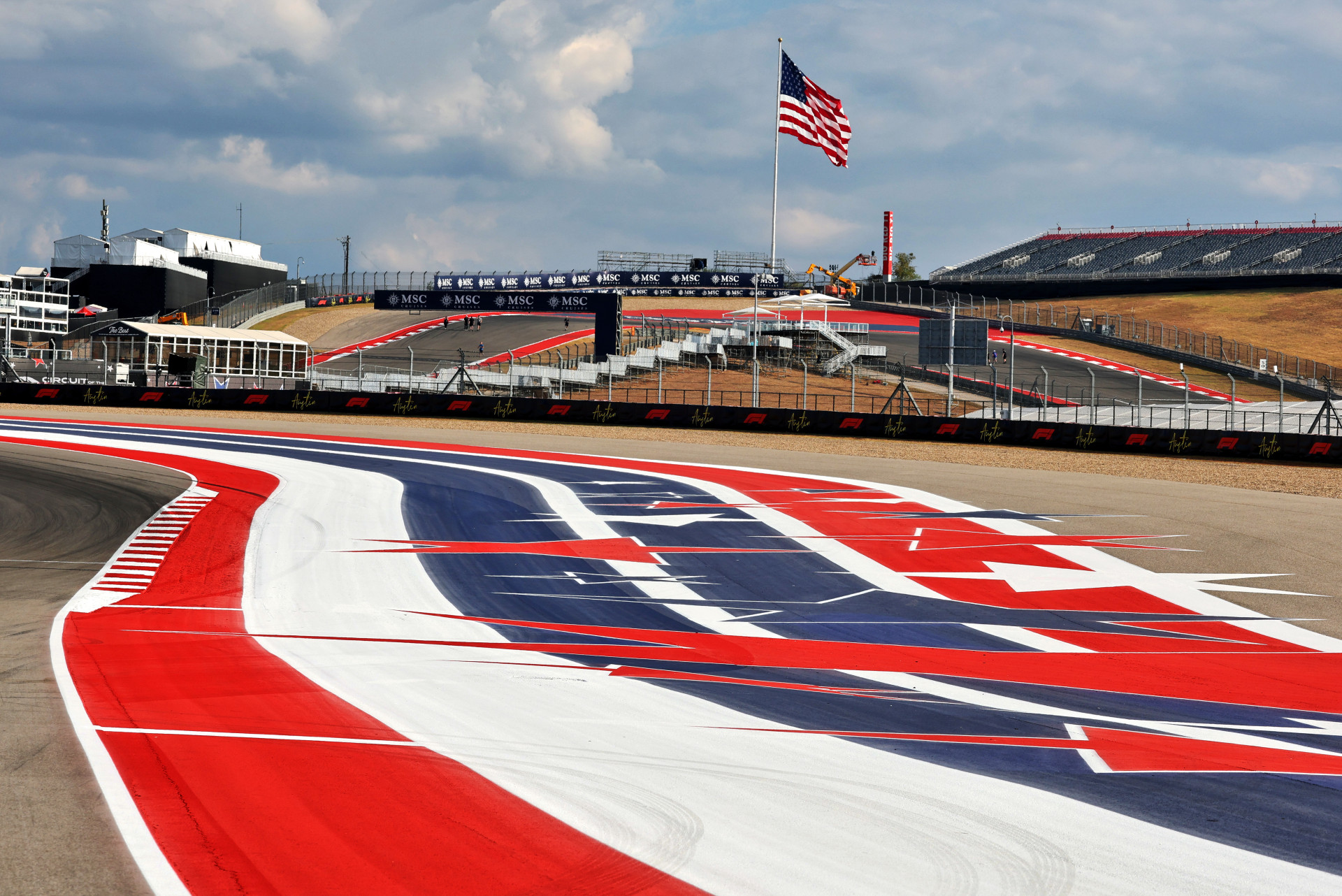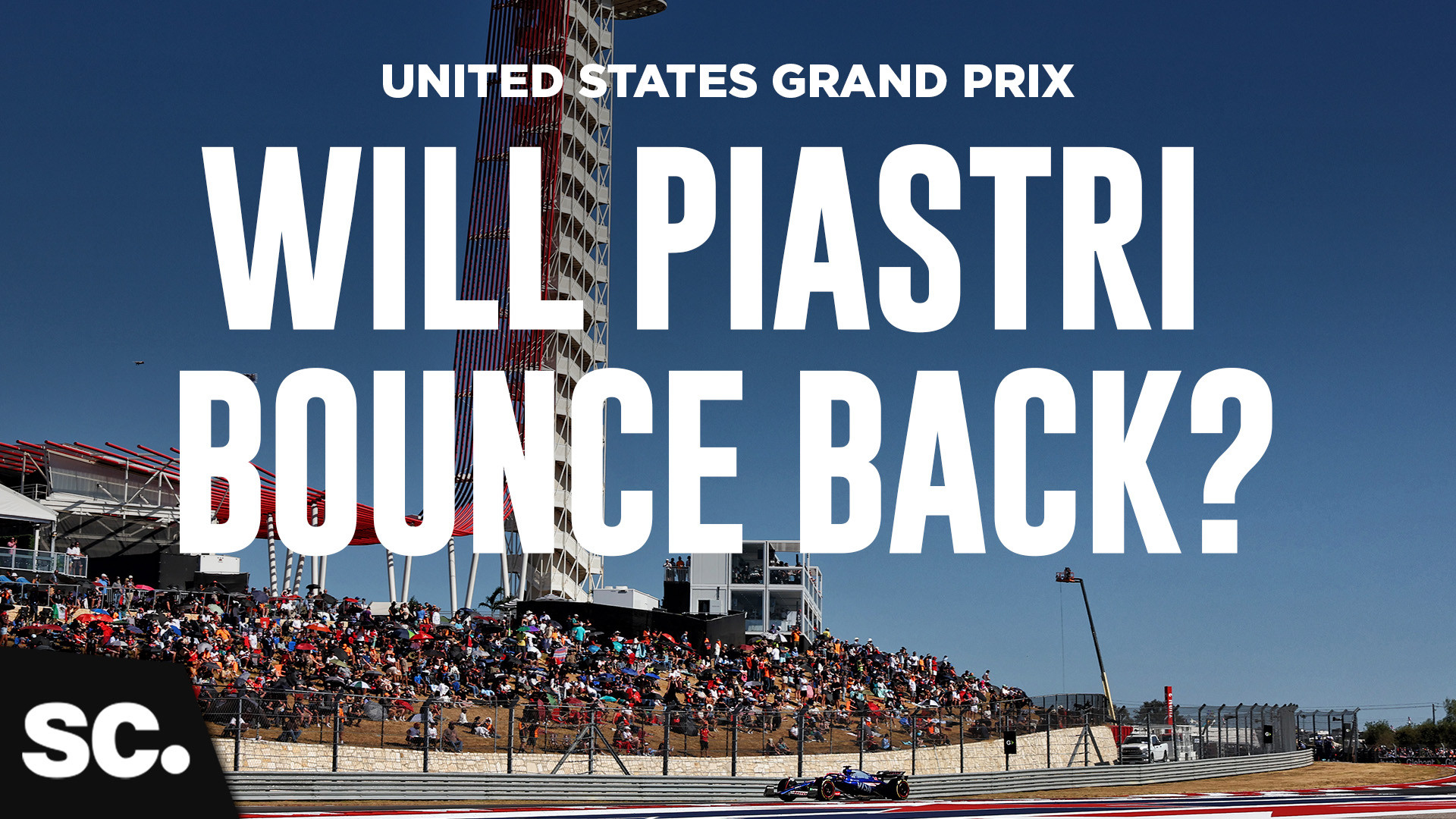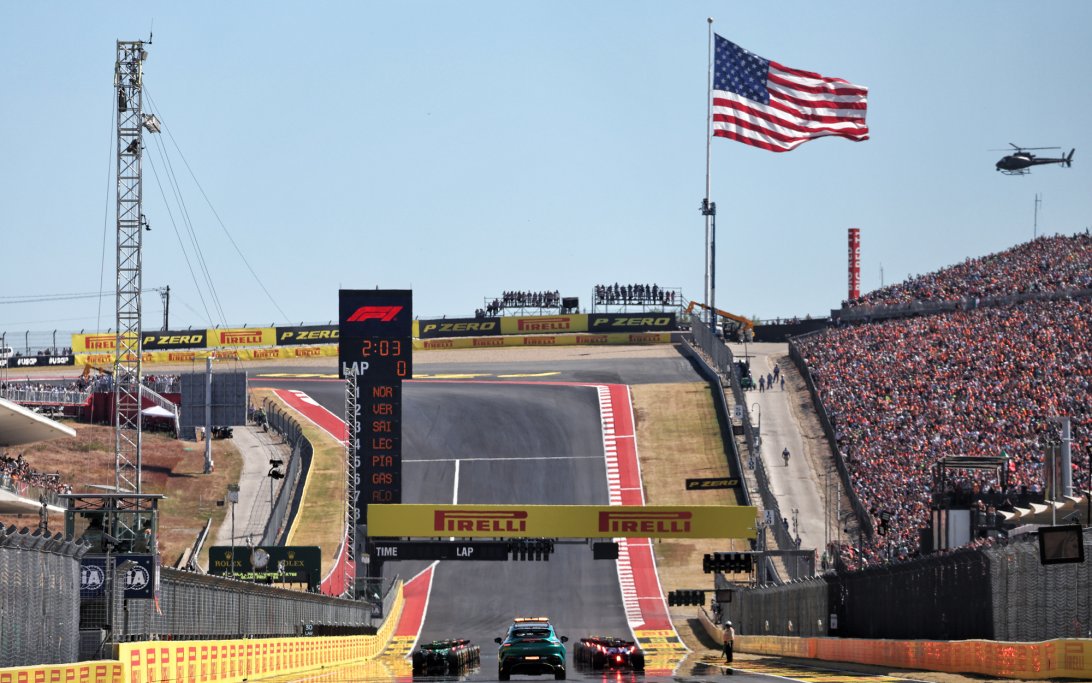
FIA Issues Second Heat Hazard Ahead of US Grand Prix
The FIA has declared a second consecutive heat hazard for the US Grand Prix in Austin, with temperatures expected to reach 34°C during Saturday's sprint race and around 31°C for Sunday's main event. This triggers a mandatory cooling vest regulation for drivers or a 0.5kg ballast addition if not used, a policy that has drawn mixed reactions from the F1 paddock.
Why it matters:
Formula 1 drivers operate in extreme conditions, and heat stress can significantly impact their performance and safety. The FIA's new heat hazard policy, introduced this year, aims to mitigate these risks, but its implementation has sparked debate among drivers regarding comfort versus safety and individual choice.
The Details:
- Temperature Thresholds: Austin's Saturday sprint race is forecast to hit 34°C, exceeding the FIA's 31°C heat alert threshold. Sunday's Grand Prix is expected to be around 31°C.
- Mandatory Cooling Measures: Under current regulations, teams must provide drivers with cooling vests. If a driver opts not to use the vest, a 0.5kg ballast must be added to the car.
- Previous Implementation: This marks the second time the rule has been applied, following its debut at the Singapore Grand Prix, F1's first-ever heat hazard declaration.
- Driver Reactions - Mixed Reviews:
- Charles Leclerc (Ferrari): Reported that the cooling vests were effective for only about five laps.
- Fernando Alonso: Found the vests comfortable for approximately the first hour of the race.
- Gabriel Bortoleto (Sauber rookie): Was not as challenged by the heat as anticipated, stating he used the vest for the first 10-15 laps before turning it off as it became 'quite hot'.
- Max Verstappen (Red Bull): Expressed frustration, arguing that the vest should be a 'driver choice' and disliking the tubes and belts.
- Esteban Ocon: Supported keeping the vests as an option for safety, citing the risk of drivers losing consciousness due to dehydration, especially if unwell.
What's next:
The FIA plans to hold discussions with drivers later this year to review the cooling vest regulations. These meetings will include sharing medical data to support the policy's use, suggesting a potential refinement or re-evaluation of the rules based on driver feedback and scientific evidence. The ongoing dialogue highlights the balance between ensuring driver safety and accommodating individual preferences within the high-stakes environment of F1.
Original Article :https://speedcafe.com/f1-news-2025-cota-texas-austin-us-grand-prix-fia-heat-haza...







